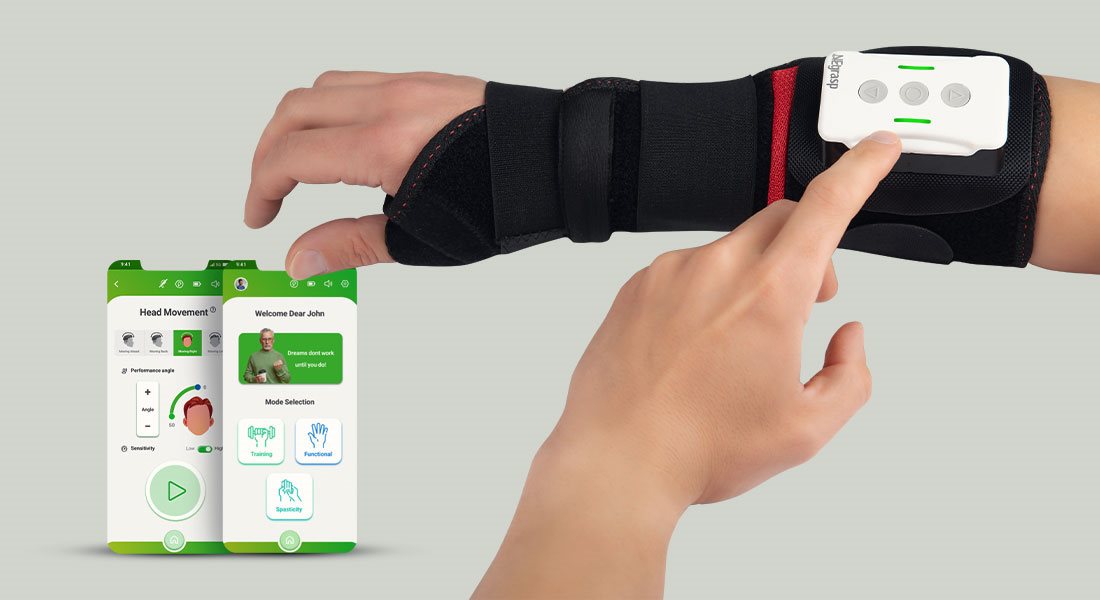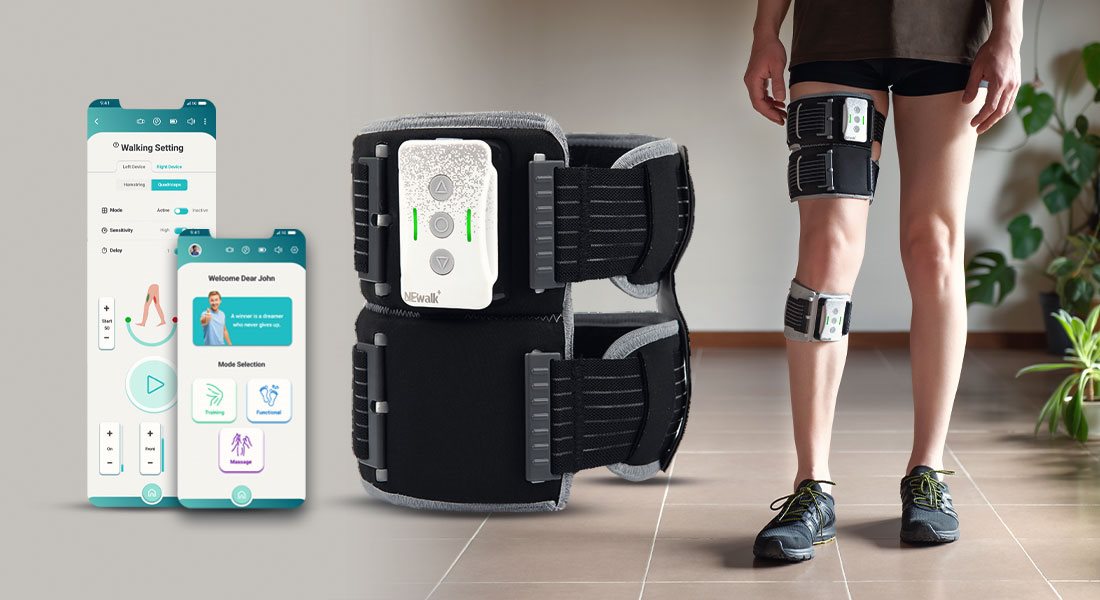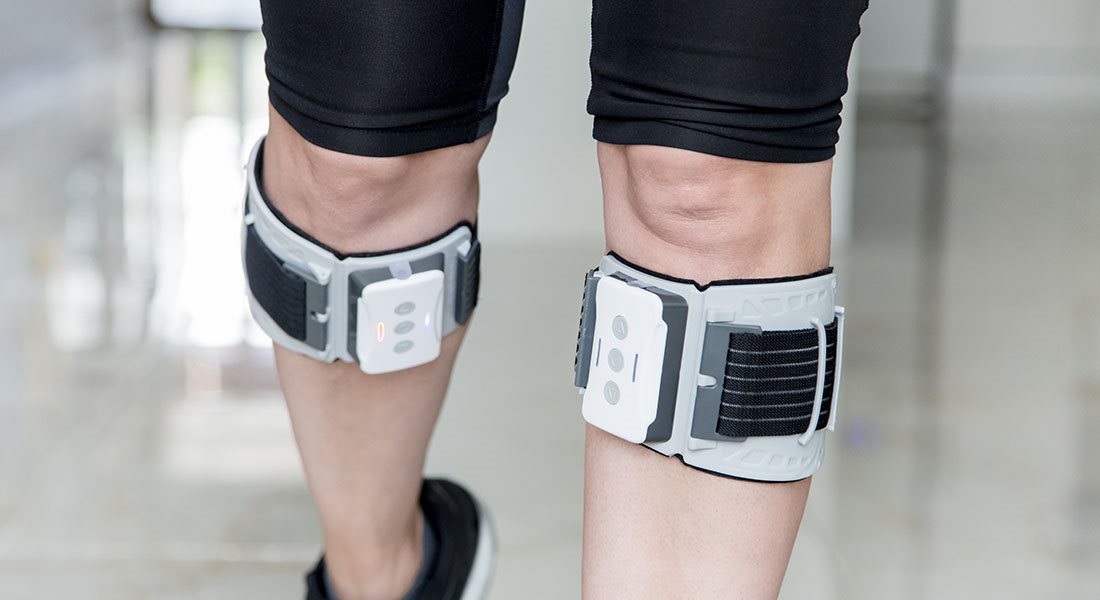-
Professionals
- Medical Specialties
- Neurology
- Electrotherapy
- Urology
- Physical Therapy
- Sports Medicine
- Customer Support
- Customer Support
- After Sales Services
- Professional Resources
- Training Courses
- Scientific Papers
-
Patients
- Rehabilitation Devices
- Foot Rehabilitation
- Hand Rehabilitation
- Gait Rehabilitation
- Pelvic Floor Rehabilitation
- General Rehabilitation
- Health Conditions
- Multiple Sclerosis (MS)
- Stroke (CVA)
- Cerebral Palsy (CP)
- Traumatic Brain Injury (TBI)
- Spinal Cord Injury (SCI)
- Arteriovenous Malformation (AVM)
- Urinary incontinence
- Muscle Recovery
- Foot Drop
- Spasticity
- Procedures & Treatments
- Range of Motion Exercises
- Stretch Exerciser
- Kegel Exercises
- Patient Support
- Patients and Caregivers Support
- Traveling With Nerveaide
-
Products
- Patient Product Information
- About your device
- Patients and caregiver support
- Featured Products
- NEwalk
- NEwalk+
- NEgrasp
- NEptone
- NEstim
- Cryox
- By Medical Specialty
- Neurology
- Urology
- Electrotherapy
- Sports Medicine
- Physical Therapy
- Rehabilitation
- Resources & Support
- Customer Support
- Catalogs
- Softwares
- Certificates
- User Guides
- About
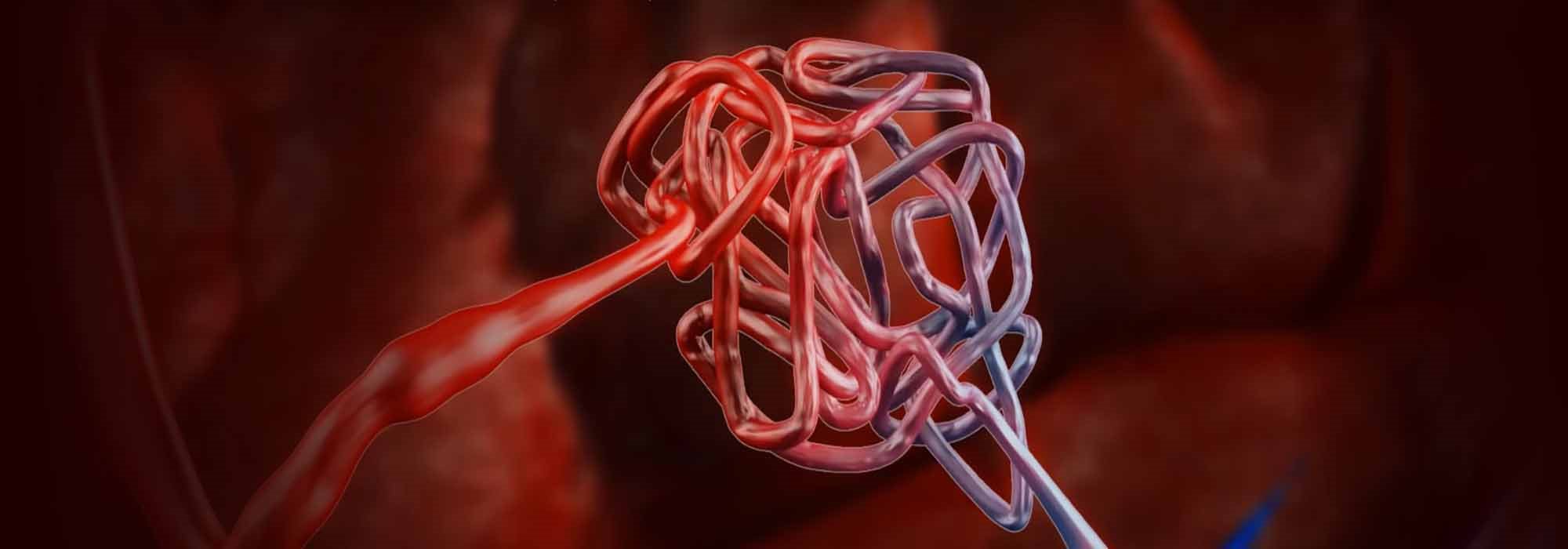
What is AVM
Arteriovenous malformations (AVMs) are defects in the vascular system, consisting of tangles of abnormal blood vessels (nidus) in which the feeding arteries are directly connected to a venous drainage network without interposition of a capillary bed. Arteries carry oxygen-rich blood away from the heart to the rest of the body’s tissues and cells. Veins return oxygen-depleted blood to the lungs and heart. Capillaries connect the arteries and veins. The presence of an AVM disrupts this vital cyclical process, causing a snarled tangle of arteries and veins that are connected to one another without the presence of any capillaries.
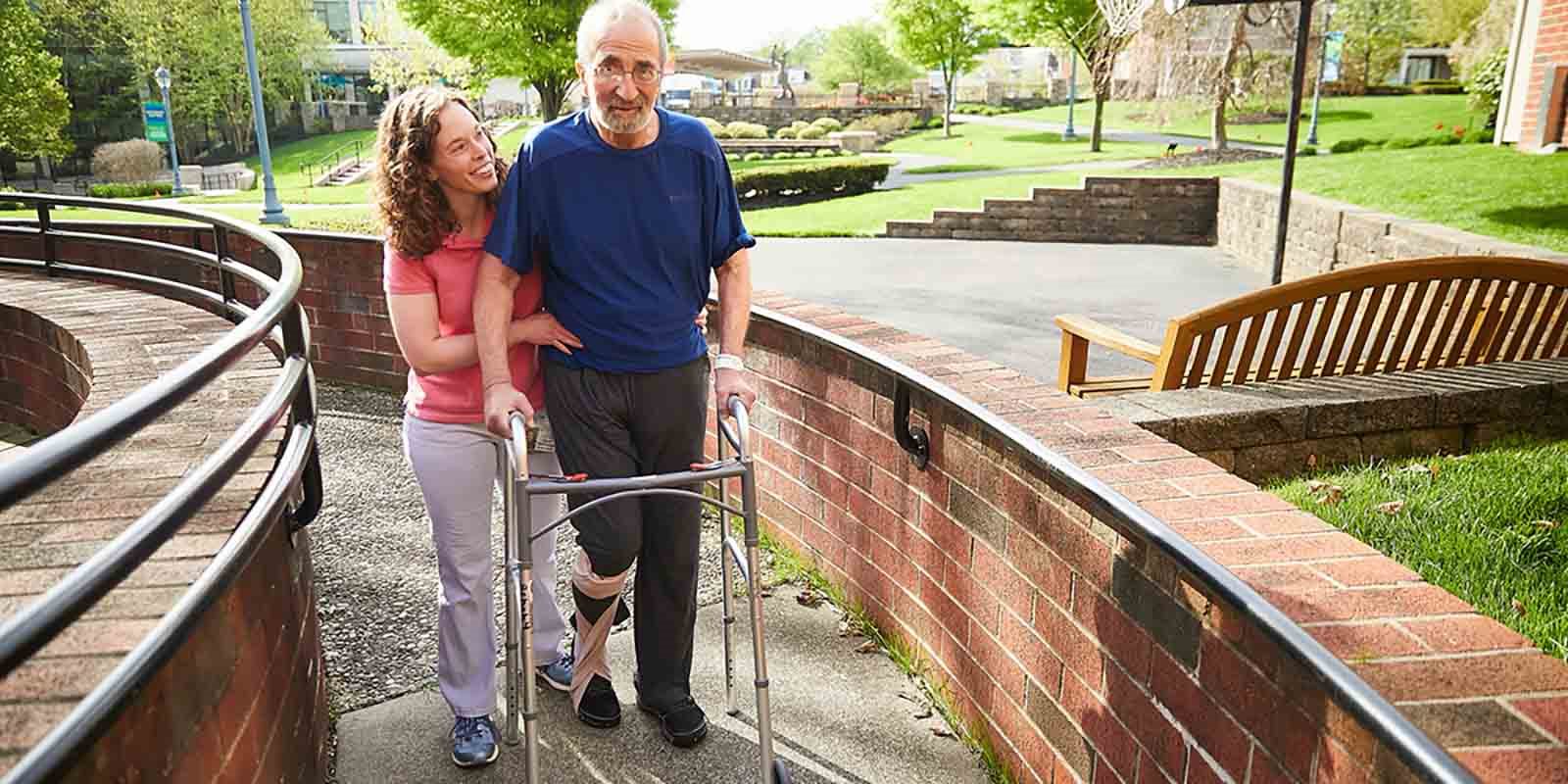
Symptoms and Rehabilitation
The proportion of patients diagnosed with unruptured AVMs has almost doubled in the past three decades with improved non-invasive imaging. About 12% of people with AVMs experience symptoms varying in severity. AVMs can irritate the surrounding brain tissue and cause seizures or headaches. Any of the following symptoms may occur: (www.aans.org)
- Seizures, new onset
- Muscle weakness or paralysis
- Loss of coordination
- Difficulties carrying out organizational tasks
- Dizziness
- Headaches
- Visual disturbances
- Language problems
- Abnormal sensations such as numbness, tingling or spontaneous pain
- Memory deficits
- Mental confusion
- Hallucinations
- Dementia
Depending on the severity and symptoms, NErveaide modern rehabilitation devices can help AVM survivors regain their mobility and function such as walking, grasping etc.

